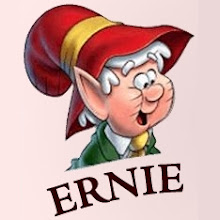Oshima

Is it Ohshima or Oshima? Big Island is what the Japanese call it. The Chinese characters are 大島. The first is pronounced as a long "o" sound. Sometimes this is translated as "oh-shima" and other times "o-shima".
This picture is from the pier of Oshima in Tokyo bay. This pink rocket took me from an urban port in Tokyo (Takeshiba) straight to the island in about an hour.
The island has a year round population of less than ten thousand. And thanks to liberal spending by the Japanese government, there is always an airport large enough to handle jet aeroplanes. Ridiculous.
At the center is an expired volcano, so all the beaches are black sands. Sitting on the beach was hell because the sun felt twice as hot. Fortunately, the water was clear and beautiful. Coves around the edge of the island gave ample opportunity for snorkeling and scuba diving. Groups of Japanese divers dotted the black beaches with their shiny air tanks.










